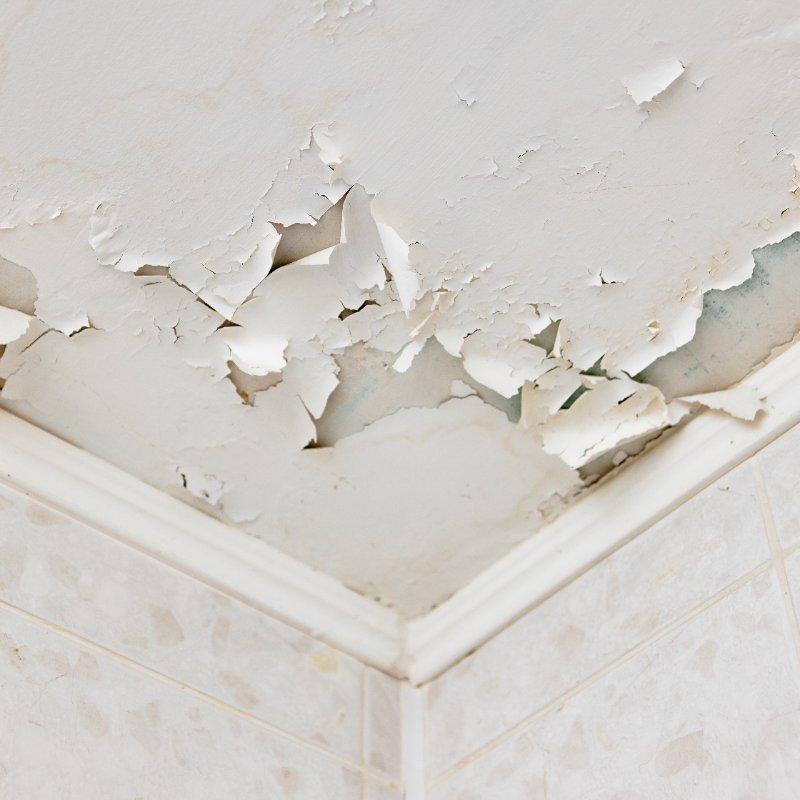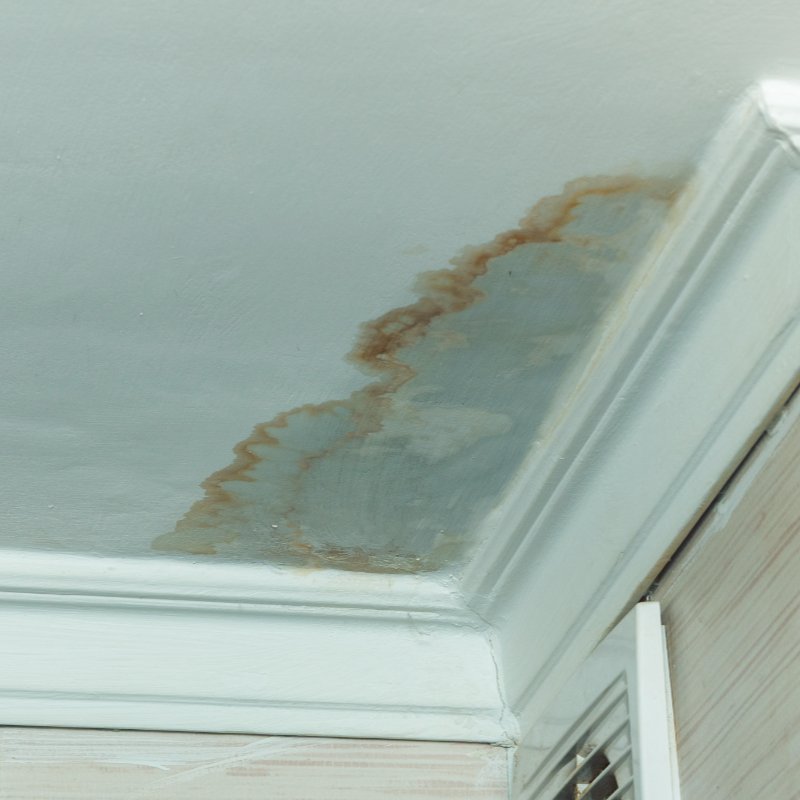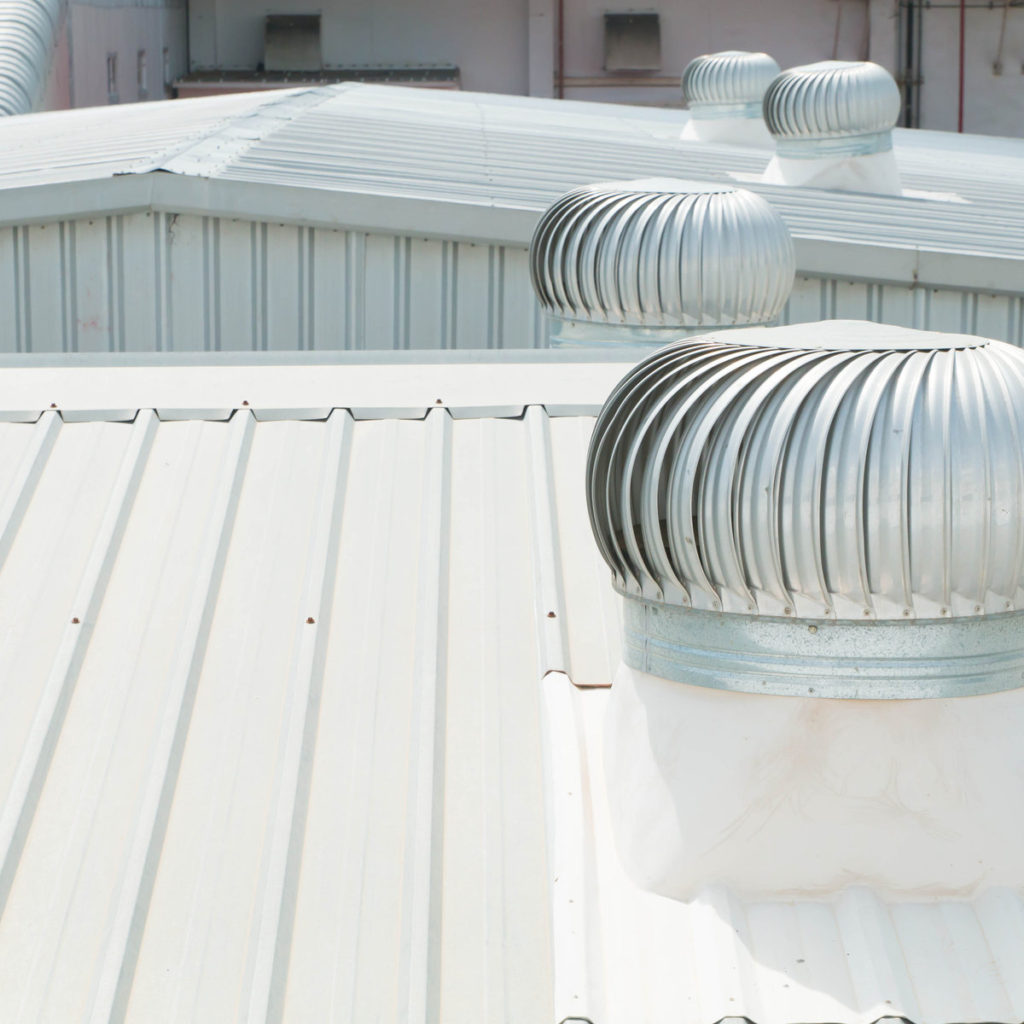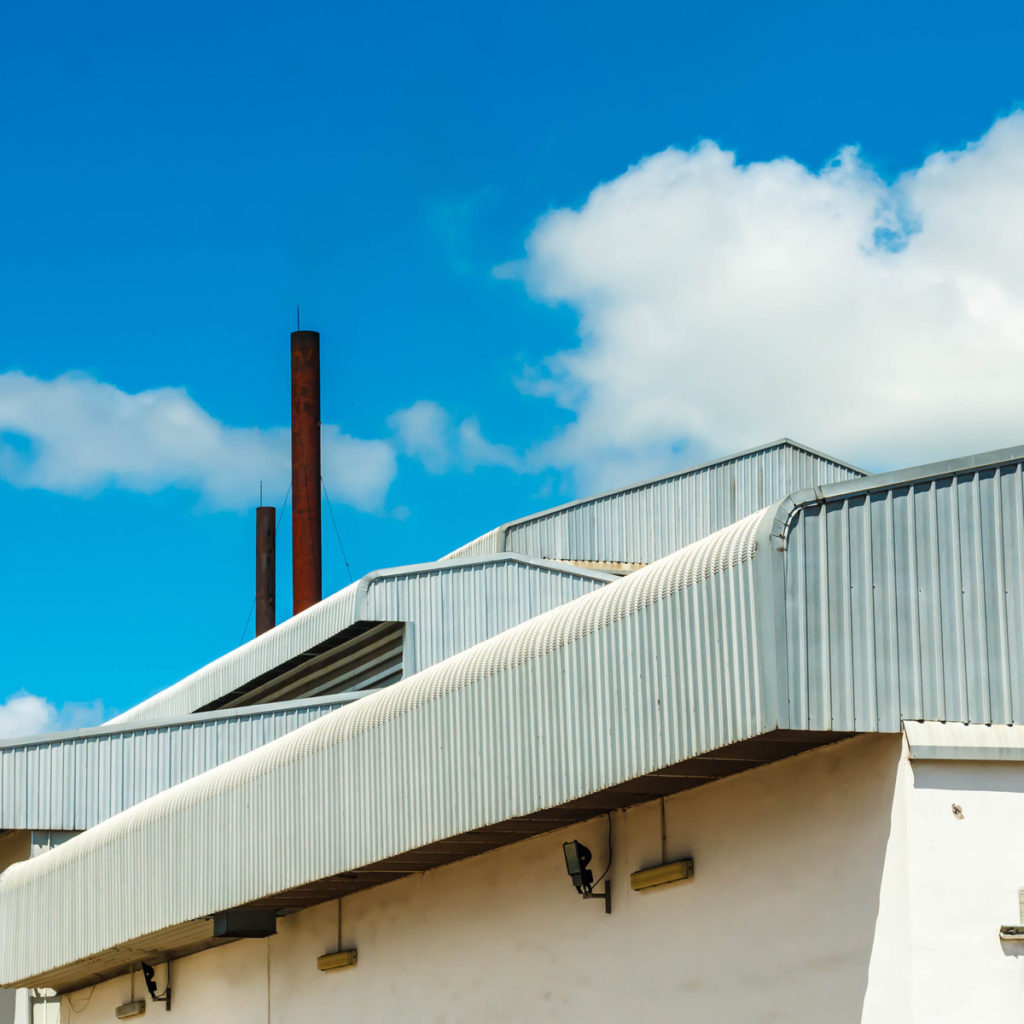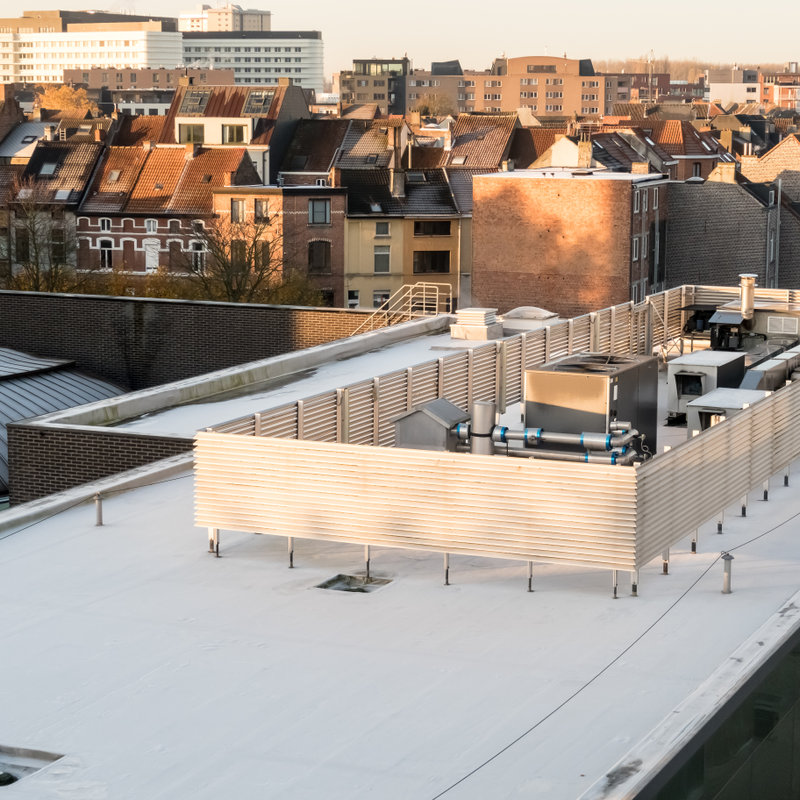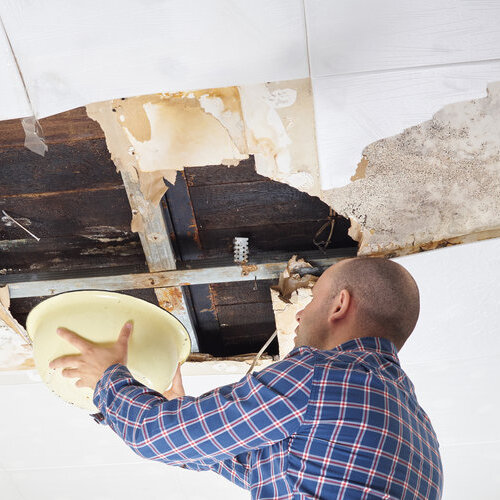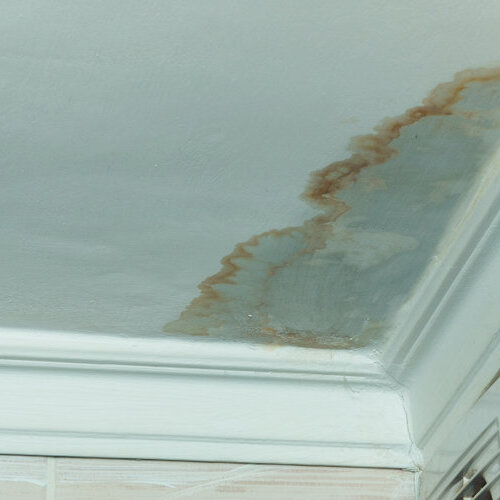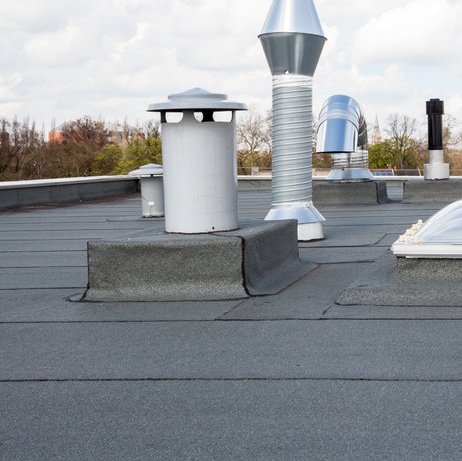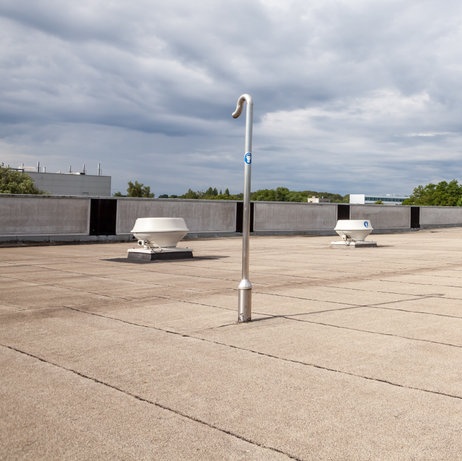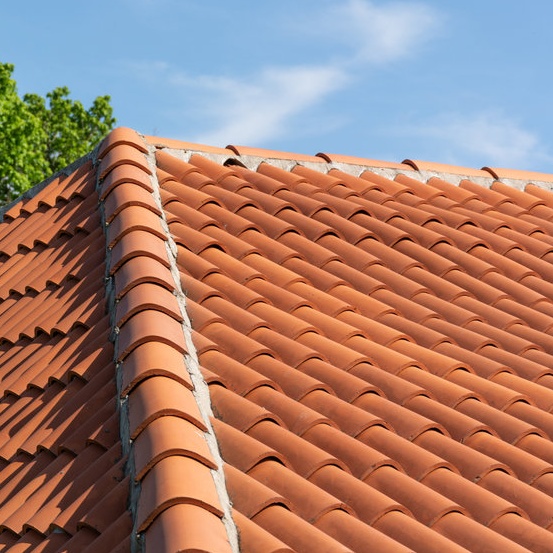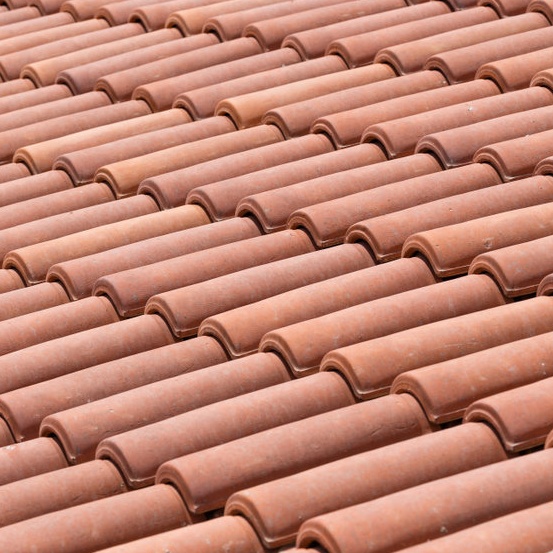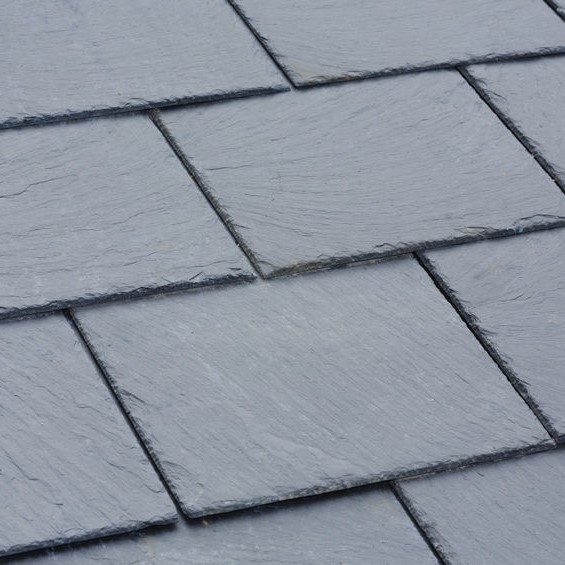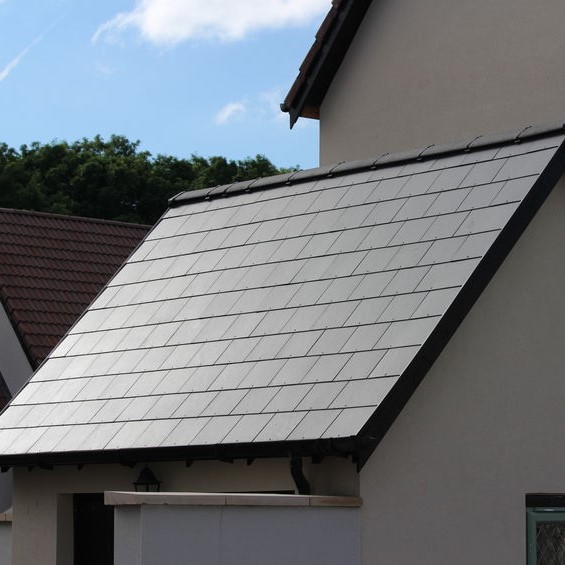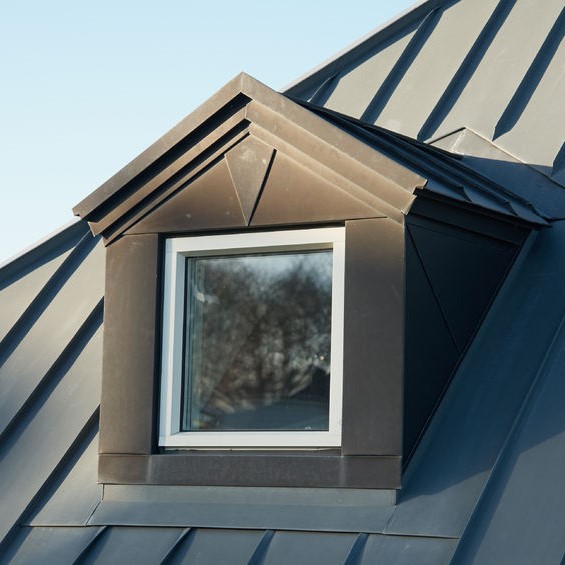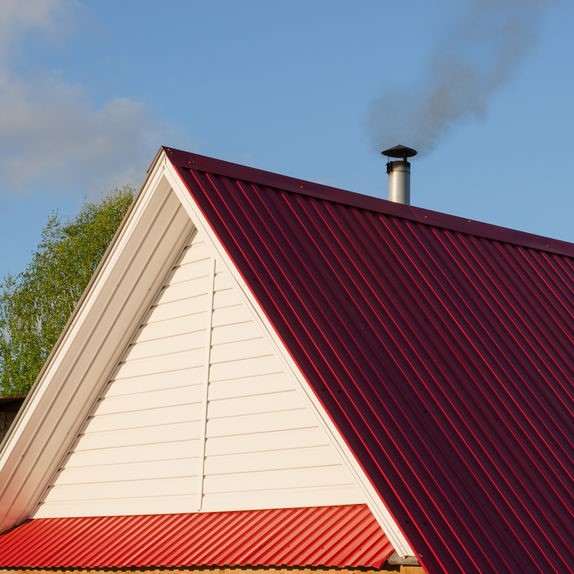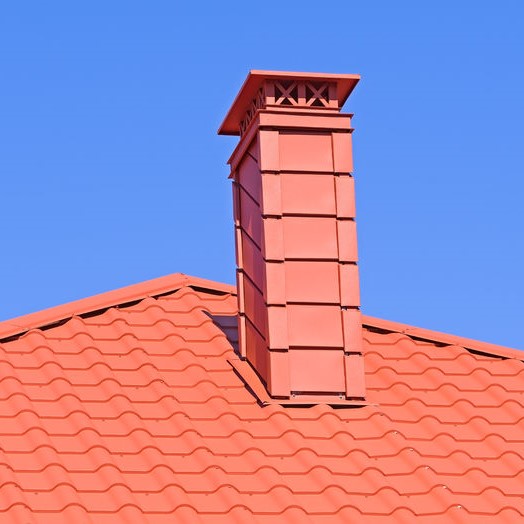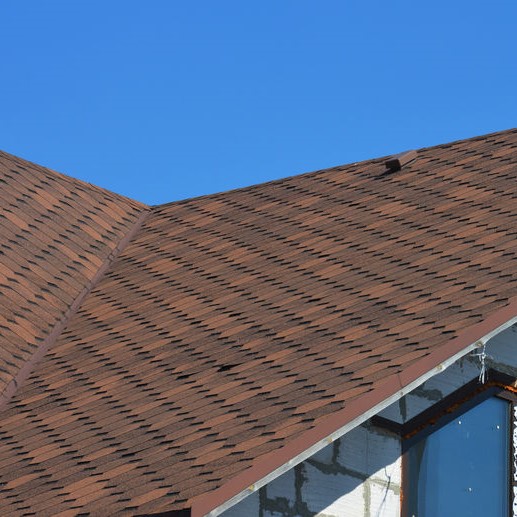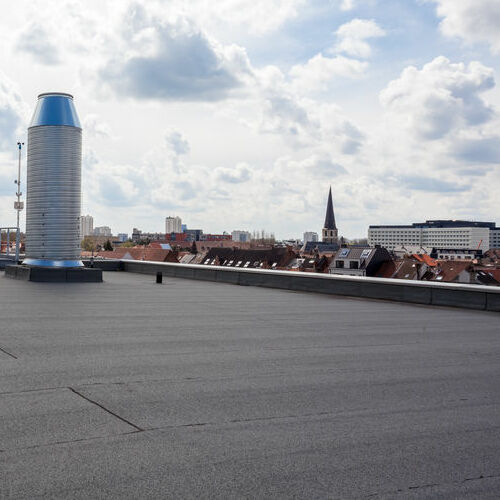
Weather & Roofing
The Biloxi and Gulfport areas of Mississippi experience a range of weather. From hot summer sun to springtime hailstorms and high winds to winter’s ice and snow. Therefore, a commercial roof replacement must be with a material that can withstand these multiple weather conditions. In the past couple of years, seeing each of these weather events in one week has become almost normal!
What is the Most Common Type of Commercial Roof?
EPDM is currently the most popular choice in commercial roof replacements. It is low cost and has a proven history of resilient strength and durability in all types of weather. Made from synthetic rubber that is composed of natural gas and oil, it is ideal where there is a constant bombardment of UV rays that are known to damage a flat roof.
Other popular choices include the following:
- Modified Bitumen: A combination of asphalt and a polymer made from chemicals, this flexible roofing is temperature resistant and can be applied in several layers, making it an ideal material for tight budgets. Installed in a hot-mop asphalt, self-adhesive sheets, cold-applied, or torch applied, each resulting in a roof that is good in cold or hot temperatures all year long. Because it has melted seams, there is a strong bond with a high rating for fire, hail, and wind resistance.
Built-Up: The oldest system for commercial roof replacement, it can be installed in layers, 3 to 5 are the normal number, the more the better the enhanced protection for climatic conditions that can be widely extreme.
What Are the Problems with a Flat Roof?
While flat commercial roof replacements are popular, they do have problems too. There are characteristics that make them popular, and the same characteristics can make them susceptible to problems too.
1. Exposure: Essentially this is the basis of the problems of a flat commercial roof replacement. It is going to be constantly exposed to the elements, namely the sun’s UV rays, and any other types of damage that nature or man can create. From overexposed to the sun, hailstorms, high winds, freezing rain, and wind-driven debris. There is the possibility of damage from exposure to chemicals and outside pollutants.
2. Leaks: For a flat commercial roof replacement, this is a too-common occurrence because a flat roof’s effectiveness to shed water can be lost if the roof isn’t installed correctly and proper maintenance isn’t performed. What causes flat roofs to leak? The inability to drain is the most common issue. A preventive measure for this is weekly inspections, including cleaning the drains. A clogged drain doesn’t allow the roof to drain, water builds up and seeps into the roofing material at the slightest crack.
Why do flat roofs crack? The answer to this is one of the common problems, structural shifting, and consistent UV ray exposure. Commercial buildings are prone to thermal movement as the building cools inside, the roof membrane will crack, the seams separate, and splitting occurs around the penetrations. All this leads to a leaking flat roof.
3. Ponding Water: Innately, as we mentioned above, a flat roof can drain properly when the drains are clogged. This causes ponding, which leads to leaking. A flat commercial roof replacement is typically installed with a slight slope to assist in the draining, but it still needs ample drainage that is kept clear of any blockage. How do you stop flat roof ponding?
There are a few things you can do in addition to keeping the drains cleared, starting with repairing any low spots on the roof. Having the flat roof repatched is another option and adding more drainage. Each of these is things that a professional roofing contractor can inspect and advise the best option for your structure.
4. Blisters/Punctures/Splits/Tears: A flat roof is susceptible to blistering, punctures, splitting, or tearing. From the constant UV rays blistering to the storms that roll through Mississippi causing them to split and tear, and hailstone puncturing the membrane. When you add the foot traffic that commercial structures often require on a roof, another level of damage can occur, along with dropped nails, screws, and tools.
Other issues that flat roofing is known to have been biological growth that occurs from stagnant ponding water and shrinkage of EPDM or other synthetic roofing materials. When maintenance is neglected, these factors we’ve listed can go from small issues to big, expensive problems that require a new commercial roof replacement sooner than normal.
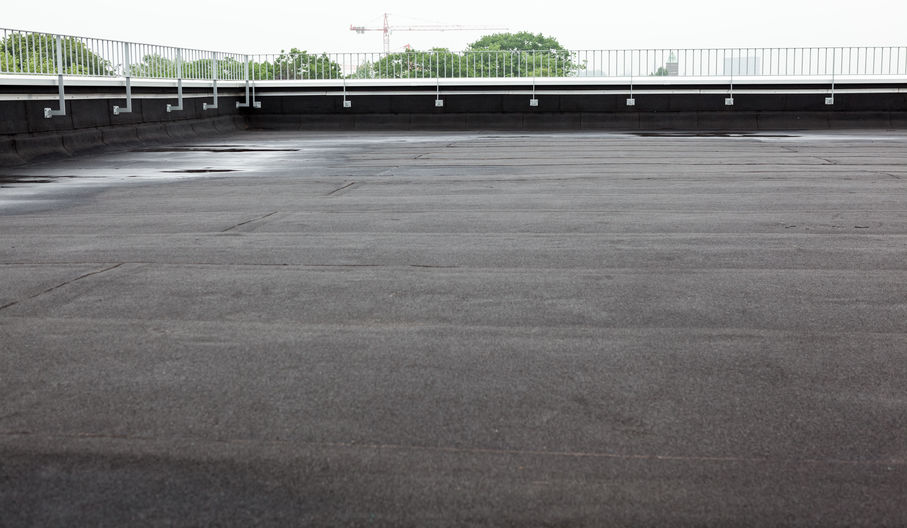
How Do You Find a Leak in a Flat Roof?
This is done by walking along the roof and inspecting every inch. You need to check the collars, flashing, and seams. Check any areas that have been patched and examine the roof for any low spots that could be ponding.
What’s the Best Way to Maintain a Flat Roof?
Monthly inspections by your in-house maintenance crew are recommended. They should check all aspects of the roof from the edges to the flashing, the penetrations, and the drains. Keep the drains clear of debris and keep the roof clear of any debris. Annually have a professional roofing contractor inspect the roof.
In Closing – Life Expectancies
How long does a PVC roof last? When installed properly and with routine maintenance and upkeep, PVC roofing should last up to 30 years. How long should a built-up roof last? Because this is a seamless roofing material, with proper installation and routine maintenance as recommended, you can expect up to 40 years from a BUR roof.
ECO Roofing provides a secure flat roof in Biloxi & Gulfport, MS. Call (877) 406-7663 to learn more.



